Prof. Dr. Gustavo Zubieta-Castillo (Sr.) has received a most extraordinary distinction and honor in Bangalore, India at the St. John’s Medical College:
In response to an invitation by Prof. Thuppil Venkatesh to attend a meeting and present their recent scientific work, Prof. Dr. Gustavo Zubieta-Castillo (Sr) and Prof. Dr. Gustavo Zubieta-Calleja (Jr) travelled to Bangalore, India and on the way there stopped in Copenhagen, Denmark to visit and discuss scientific projects with Prof. Dr. Poul-Erik Paulev. Further news on this will follow soon.
Once in India, they were received by the most distinguished Shashidhara N. who became along with Prof. Thuppil Venkatesh their guides, and colleagues of profound phylosophical discussions during 10 days of a most memorable visit to incredible India.
Having arrived at the modern airport in Bangalore, they were then transported to Kochi, where the 36th National Conference of Clinical Biochemists was carried out Nov 5-8th, 2009 under the direction of Prof. D.M.Vasudevan. After their presentation both Zubietas were driven to Mysore to meet Prof. Virupasksha Hosur and visit the extraordinary Mysore Palace. Elephants, crocodiles and bird watching filled them with eco-nature and a profound understanding of the wisdom of the people from India.
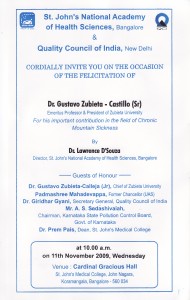 Upon returning to Bangalore Prof. Zubieta-Castillo (Sr.) and Prof. Zubieta-Calleja (Jr.) were invited to give a talk at the St. John’s Medical College (see the invitation on the left). Much to their surprise, Prof. Thuppil Venkatesh leaded in the presentation and introduced the Director of the St John’s National Academy of Health Sciences Dr. Lawrence D’Souza, along with very distinguished personalities of Bangalore.
Upon returning to Bangalore Prof. Zubieta-Castillo (Sr.) and Prof. Zubieta-Calleja (Jr.) were invited to give a talk at the St. John’s Medical College (see the invitation on the left). Much to their surprise, Prof. Thuppil Venkatesh leaded in the presentation and introduced the Director of the St John’s National Academy of Health Sciences Dr. Lawrence D’Souza, along with very distinguished personalities of Bangalore.
Then upon the podium, starting with Dr. Lawrence D’Souza one by one the wicks of a large oil lamp, were lighted by each of the distinguished guests as a sign of friendship and cooperation (photo below).
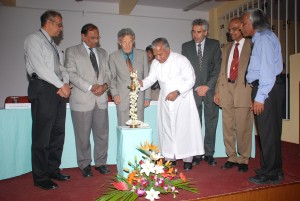
Shown at left: Dr. Prem Pais (Dean of St. John’s Medical College), Mr. A.S. Sadashivaiah, Chairman Karnataka State Pollution, Prof. Dr. Zubieta-Castillo (Sr.), Dr. Lawrence D’Souza, Director St. John’s National Academy of Health Sciences, Prof. Dr. Zubieta-Calleja(Jr) Padmashree Mahadevappa, Former Chancellor UAS and Prof. Thuppil Venkatesh, NRCLPI. (All photos courtesy of the distinguished colleagues from India)
Immediately afterwards, Dr. Lawrence D’Souza presented Prof. Dr. Gustavo Zubieta-Castillo (Sr) in a special ceremony a turbant, flowers and a gold plated oil lamp.
The special honors, the turbant, flowers, a gold plated oil lamp bestowed upon Prof. Dr. Gustavo Zubieta-Castillo at St. John’s National Academy of Health Sciences in Bangalore, India, Nov 11, 2009.
Then the honoree gave a talk on “Patho-Physiology of Adaptation to Hypoxia and Prof. Zubieta-Calleja (Jr) on ” The Current Status of Millions of Highlanders”.
The photo below shows the resemblance of Prof. Zubieta-Castillo with the late and famous legendary Indian Engineer-Statesman: Sir. Mokshagundam Visvesvarayya, as expressed by many distinguished attendees.

 With Prof. Thuppil Venkatesh, Principal Advisor Quality Council of India (QCI) &
With Prof. Thuppil Venkatesh, Principal Advisor Quality Council of India (QCI) &
National Referral Centre for Lead Poisoning in India (NRCLPI)
Professor- Department of Biochemistry & Biophysics
St. John’s Medical College
At a dinner in the Country Club in Bangalore, Prof. Venkatesh surrounded by very important people gave Prof. Zubieta-Castillo, the following distinction:
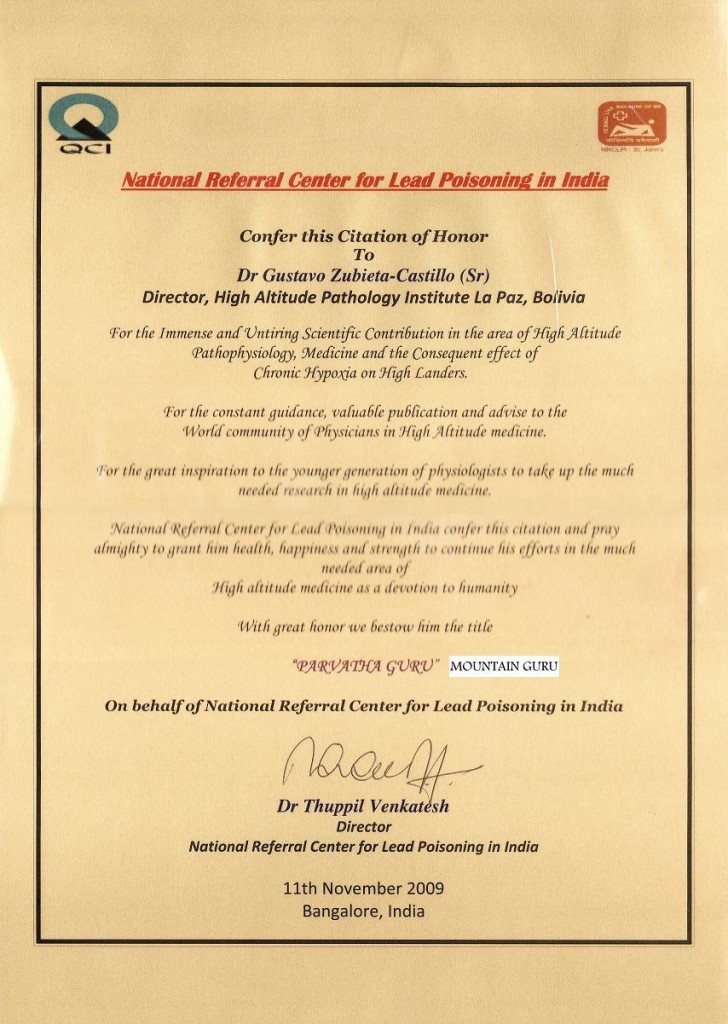
Furthermore, he was repeatedly mentioned as a candidate for the Nobel Price in Medicine for he has determined that Chronic Mountain Sickness is not a “Loss of Adaptation” but rather a consequence of pulmonary diseases with shunts that increase the number of red cells (polyerythrocythemia) thereby saving the life of thousands of high altitude residents that have been intoxicated with drugs like Phenylhidrazine with the wrong concept of destroying the “excessive” red blood cells. This drug damaged the liver cells producing jaundice and also the endothelium of all vessels in the system, and lesions to the kidneys. His theories of Adaptation to life at the hypoxic levels of Mt. Everest applying the high altitude adaptation formula, following Ohm’s law, and the triple hypoxia syndrome were also mentioned.
They likewise were also honored by a visit to his excellency Governor Karnataka, H R Bhardwaj, at the Governor’s Palace in Bangalore, below :
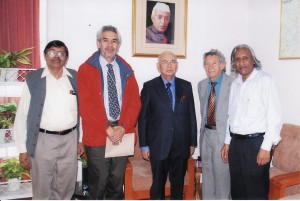 Shown here Shashidhara N, Gustavo Zubieta-Calleja (Jr), His excellency Governor of Karnataka H R Bhardwaj, Gustavo Zubieta-Castillo (Sr), Thuppil Venkatesh.
Shown here Shashidhara N, Gustavo Zubieta-Calleja (Jr), His excellency Governor of Karnataka H R Bhardwaj, Gustavo Zubieta-Castillo (Sr), Thuppil Venkatesh.
So those of different countries must be wondering but what is a Guru?
A guru (Sanskrit: गुरु) is one who is regarded as having great knowledge, wisdom and authority in a certain area, and who uses it to guide others (teacher). As a principle for the development of consciousness it leads the creation from unreality to reality, from the darkness of ignorance to the light of knowledge.
The syllable gu means shadows
The syllable ru, he who disperses them,
Because of the power to disperse darkness
the guru is thus named.
– Advayataraka Upanishad 14—18, verse 5
from Wikipedia
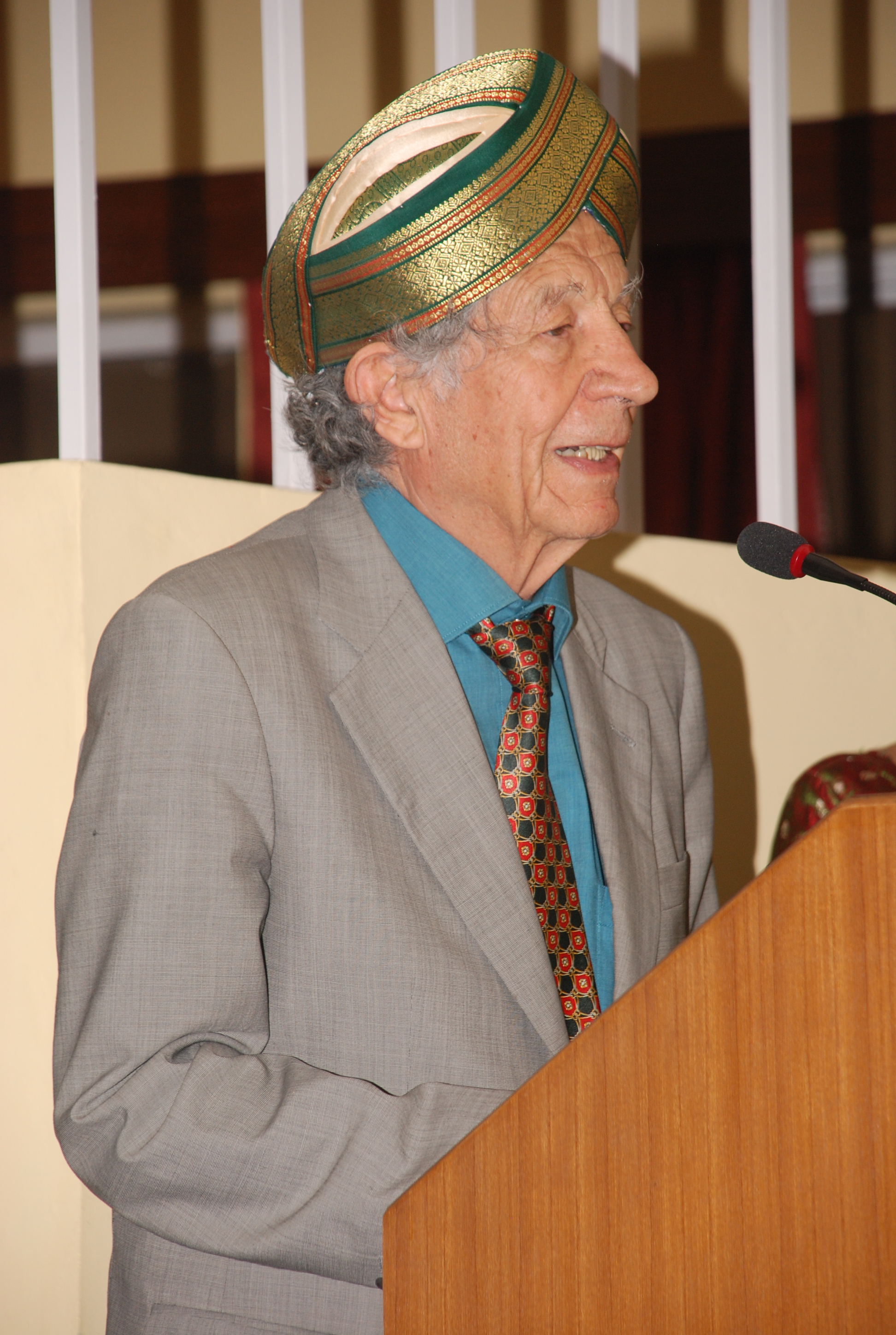
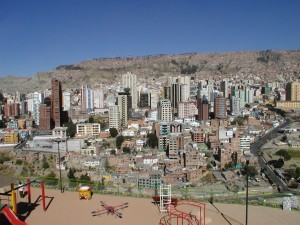
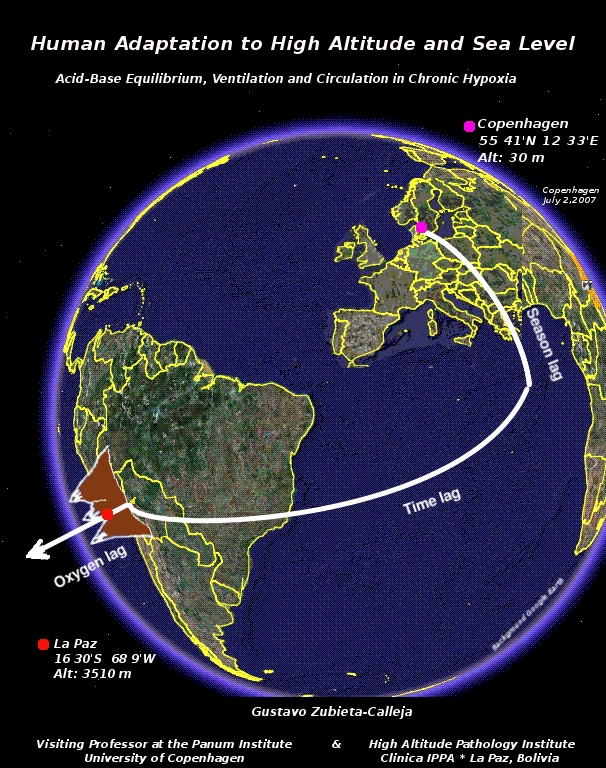


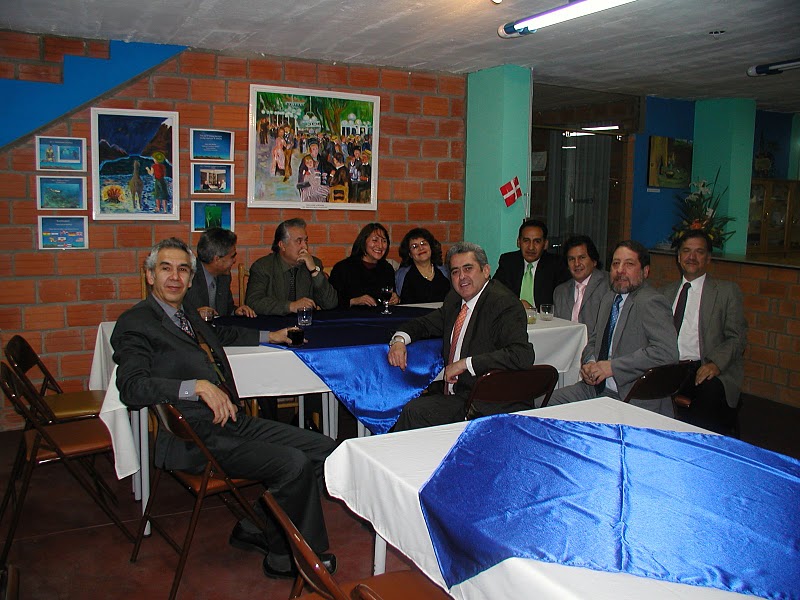



 Los jugadores bolivianos siempre fueron más, en recuadro, Gustavo Zubieta Castillo
Los jugadores bolivianos siempre fueron más, en recuadro, Gustavo Zubieta Castillo 





